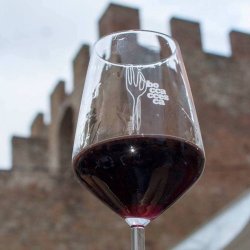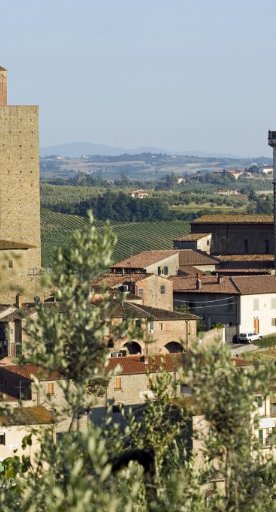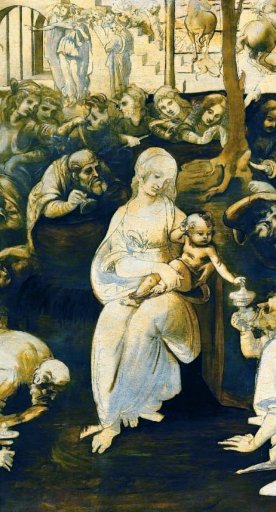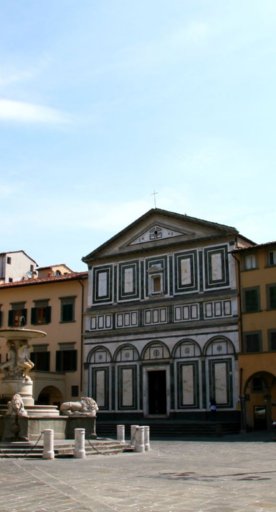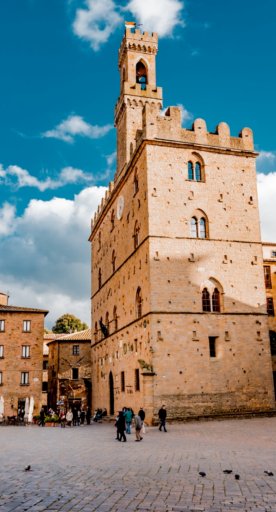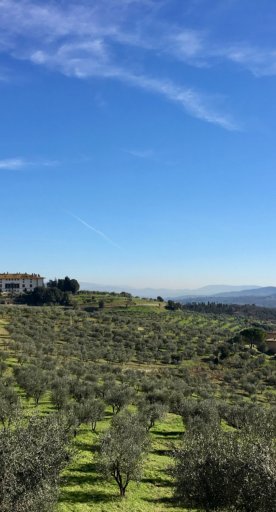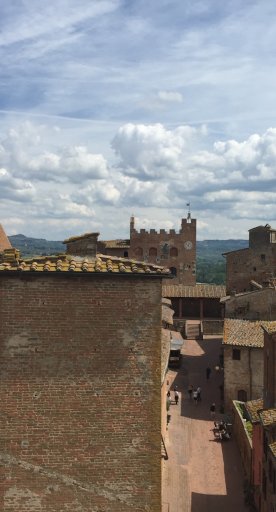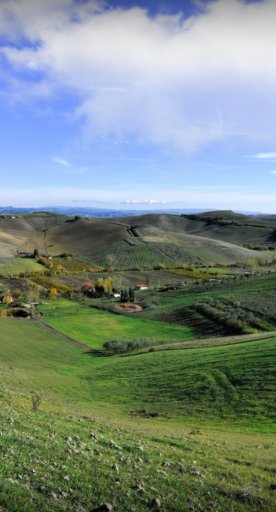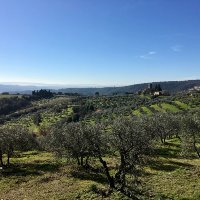
Archaeological sites in the Montalbano area unveiled
Get ready to dive into the past in the area of Montalbano
The Montalbano area teems with sites of archaeological importance that definitely deserve a spot in your bucket list.
Check out our selection below and get ready to dive into the past!
-
1.Archaeological Park of Montereggi in Capraia e Limite
-
2.Etruscan tumulus of Montefortini in Comeana (Carmignano)
-
3.Etruscan Necropolis of Prato Rosello in Artimino (Carmignano)
-
4.Archaeological and naturalistic site of Pietramarina (Carmignano)
-
5.Archelogical discoveries from the Roman era in Monsummano
Archaeological Park of Montereggi in Capraia e Limite
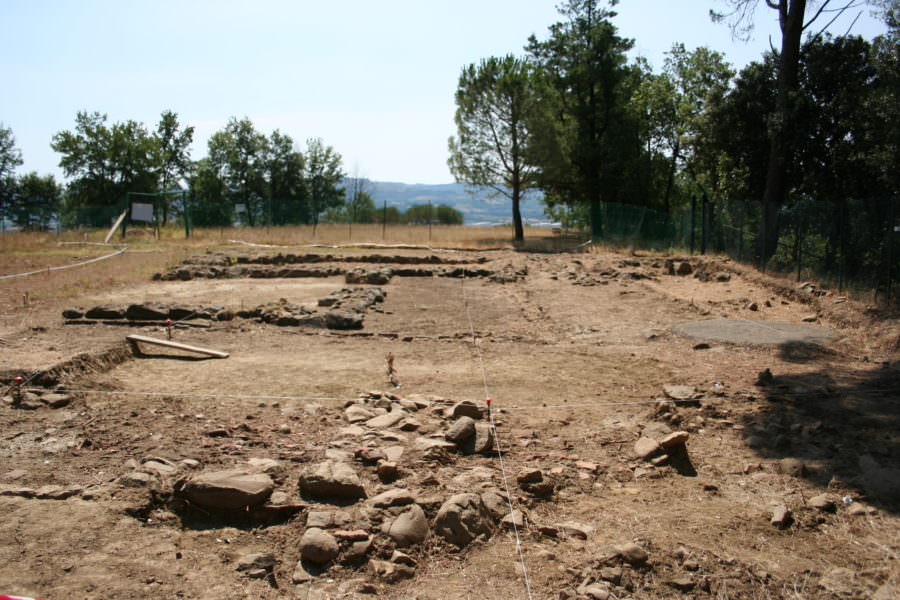
In the 1980s an excavation campaign in the hills above Limite unearthed what remains of Etruscan settlement dating back to the 6th century B.C.: acropolises, buried buildings, votives and related artefacts (such as ceramics and anphoras) that probably belonged to a village and a place of worship.
In 1986 the area was designated as an Archaeological Park and many finds are held in the Archaeological Museum of Montelupo Fiorentino.
Etruscan tumulus of Montefortini in Comeana (Carmignano)
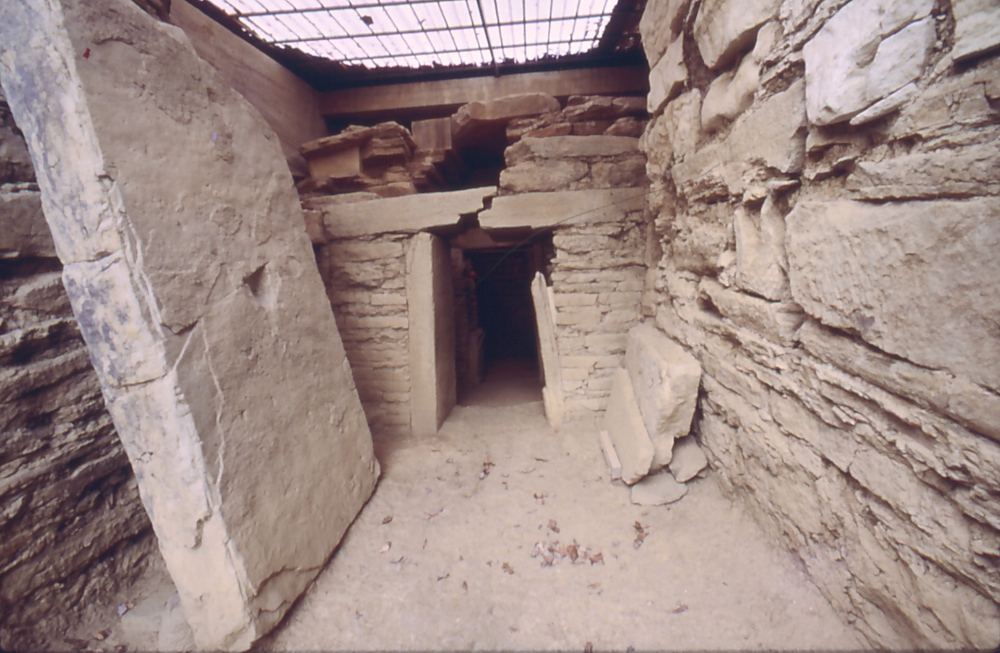
The Montefortini Etruscan tumulus of Comeana is a monumental tomb site that consists of a roughly 12 meters high artificial hill (3-5 meters less than in antiquity).
Inside, there are two chamber tombs: the oldest has a circular shape (tholos) and contains a central pillar, covered by a false dome. Along the corridor of the entryway discovered, guests can see a covered porch and terrace altar which dates back to the mid-seventh century B.C. The other chamber tomb is rectangular. It has several layers that cover the false vault. The vestibule and open hall are thought to have been built at least 50 years later. Both tombs are embellished with precious decorative elements.
Both burials have returned precious grave goods. The finds are exhibited in the Archaeological Museum of Artimino.
Etruscan Necropolis of Prato Rosello in Artimino (Carmignano)

The archaeological area of Prato Rosello is set south-east of the Medici Villa La Ferdinanda, in the direction of Poggio alla Malva. Interesting fact, the necropolis is immersed in the Mediterranean scrub.
Excavation campaigns across the decades have progressively revealed a number of "tumuli", or burial mounds, that date back to the 8th-6th centuries B.C. Nowadays, on site it is possible to see the "tumuli" A, B, C, X and Z, while many artifacts are on display in the Museum of Artimino.
Archaeological and naturalistic site of Pietramarina (Carmignano)

The site of Pietramarina is nestled in a beautiful natural setting and it is located in one of the most fascinating spots of the Montalbano area. It is part of the Carmignano Archaeological Park.
From the VII century B.C. to the II century A.C., the site was occupied by an Etruscan settlement and it continued to be occupied during several historical periods thereafter. Indeed, the site still retains traces of medieval settlements.This long period of occupation was probably due to the area’s unique strategic position, which made it an exceptional check-point from which to monitor the territory.
The finds are housed in the Archaeological Museum of Artimino.
Archelogical discoveries from the Roman era in Monsummano

Throughout the Roman period, settlements seemed to crop up along the strip of territory located at the foot of the Montalbano hills. Some examples include the large complex of Villa San Paolo and the settlement of Pozzarello. Vaiano also hosts a settlement where several remains—possibly tombs—have been discovered.








